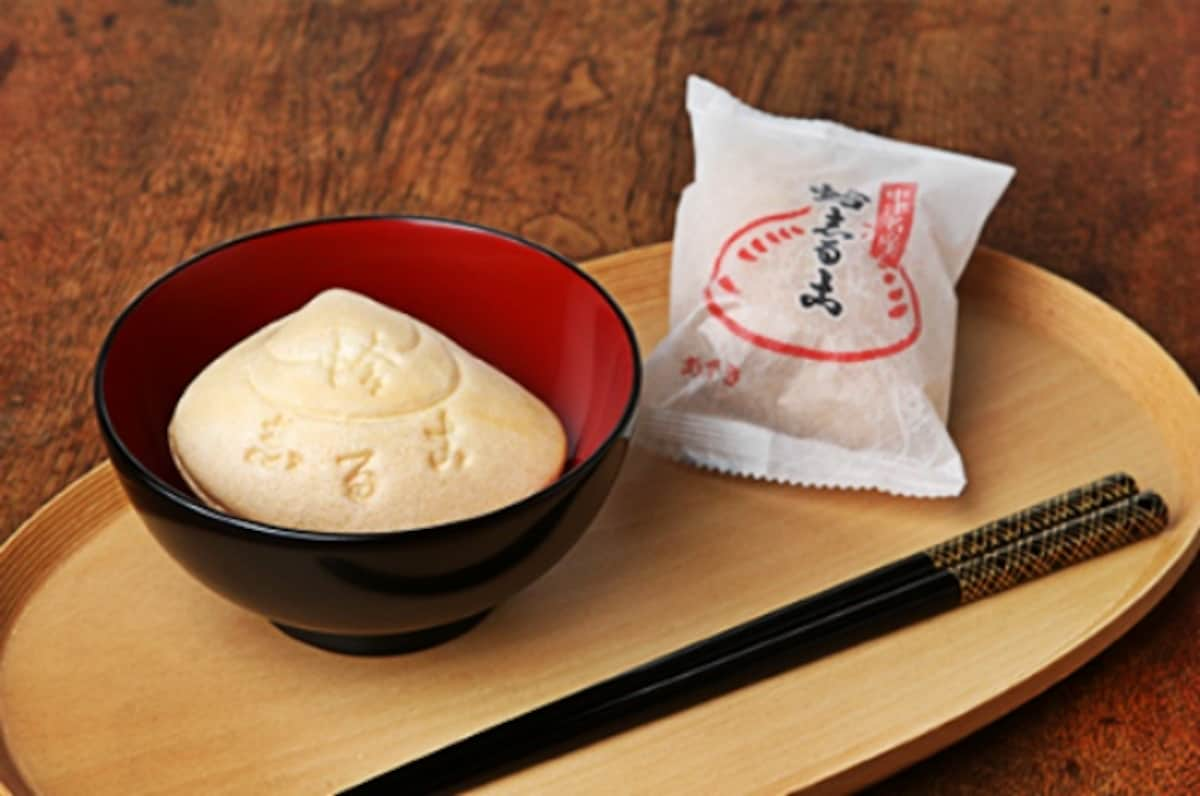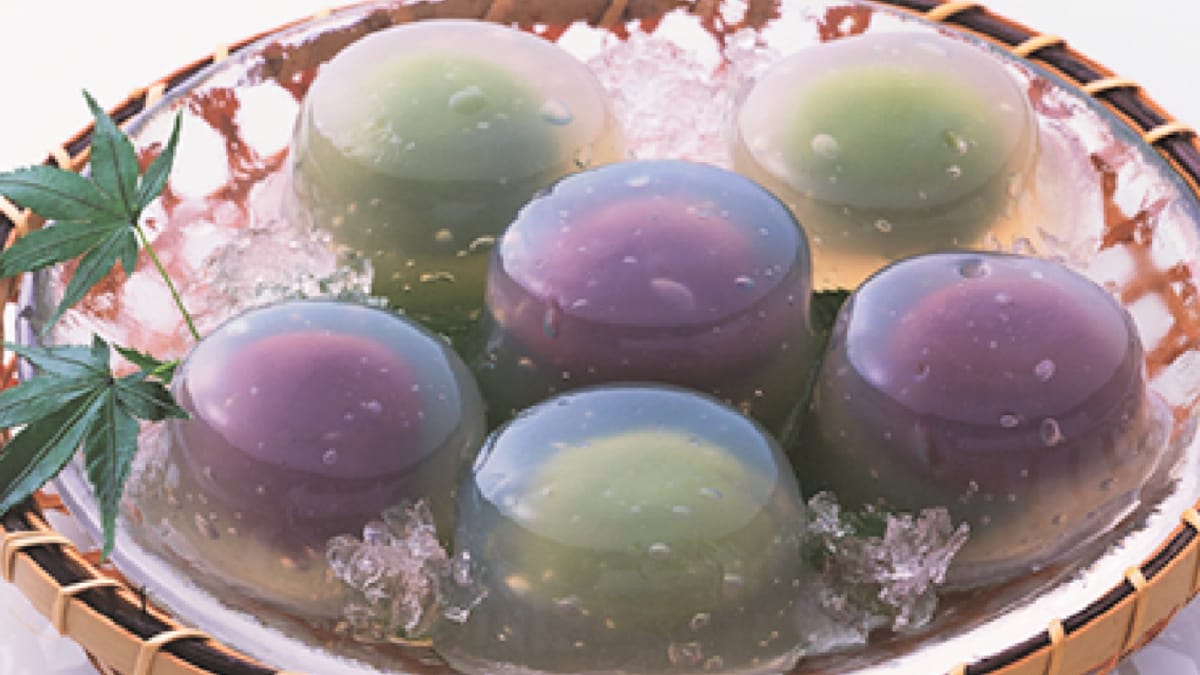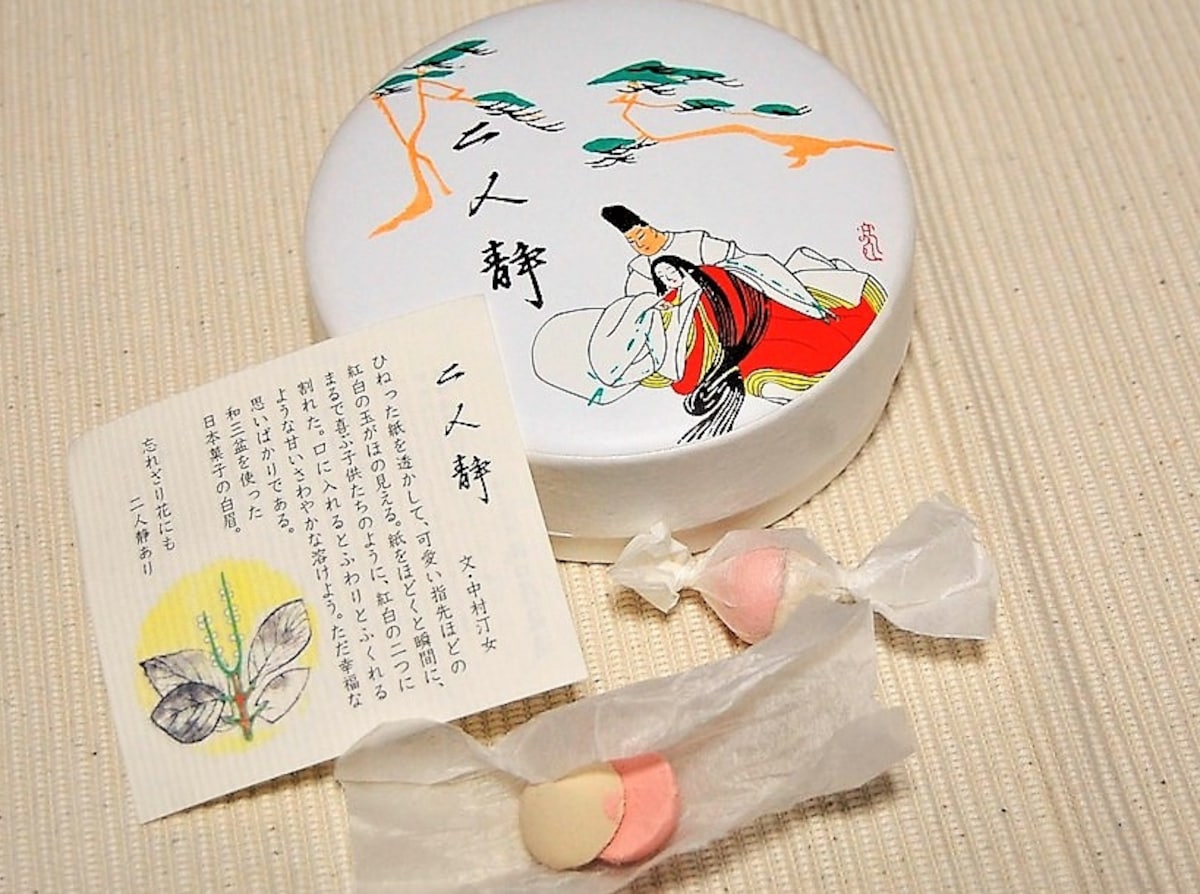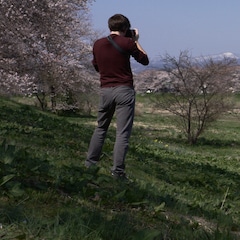Central Japan's 11 Best Edible Souvenirs
The Chubu region of Japan is comprised of 10 prefectures: Aichi, Fukui, Gifu, Ishikawa, Nagano, Niigata, Shizuoka, Toyama, Yamanashi and Mie. Reasons to visit include the gorgeous natural beauty, the rich history, and the delicious local food. But no trip is complete without the purchase of tasty souvenirs to take back with you!
By Nicholas Rich7. Akafuku (Mie)
For something a bit more traditional, look no further than Akafuku from Mie Prefecture. Known for its mascot Akataro and a series of commercials in the ’70s that riffed on a popular Japanese saying that essentially means “Sure, why not?,” Akafuku is a sweet mochi confection that has maintained its popularity for good reason.
Mochi is a traditional Japanese food made by beating rice with a mallet until it’s pounded into a paste, and then folding it into a desired shape. While plenty of mochi products are savory, Akafuku is filled with a delicate sweet red bean paste. Its unique, three-line indentation is reminiscent of the Japanese character for river, kawa, and is meant to represent the Isuzu River, near which the historical confectionery is based.
6. Hamaguri Shiruko (Mie)
For those looking for something a little different, look no further. While it’s quite a mouthful to say, this clam-shaped Mie specialty is more than worth the tongue-twisting required to purchase it by name. Its appearance can be a little deceiving, as it looks like a traditional sweet cake or bun. But it’s actually a cleverly packaged type of instant, sweet red bean soup. The outside is glutinous rice that dissolves in hot water, allowing the dried sweet red bean filling to escape and perform its magic. If red bean isn’t your cup of soup, they also offer a green tea flavor.
5. Mizu Manju (Gifu)
Mizu Manju, or “water bun,” is a specialty omiyage from Gifu Prefecture, and a seasonal treat usually enjoyed in summer. Unlike traditional manju, a starch made from the root of the kudzu plant is added to the list of ingredients for Mizu Manju to give them a transparent, watery appearance, which is part of their namesake. The other part comes from the insistence on using fresh, cold groundwater in production.
These manju gets their shape from being made in individual sake cups. Along with traditional flavors of red bean and green tea, they offer seasonal flavors filled with jelly made from fresh fruit.
4. Futarishizuka (Aichi)
Futarishizuka comes from the historical Ryokuchi confectionery in Aichi. It borrows its name and unique shape from a Japanese flower. Futarimeans two people, and shizuka means quiet. As you can tell from the shape and the lovely container, it’s perfect for sharing during quiet times with someone you’re close to. It’s another confection made out of wasanbon, traditional Japanese sugar, and like the previous entry on the list, it's a dry sweet that delicately melts in your mouth and pairs perfectly with Japanese green tea.









